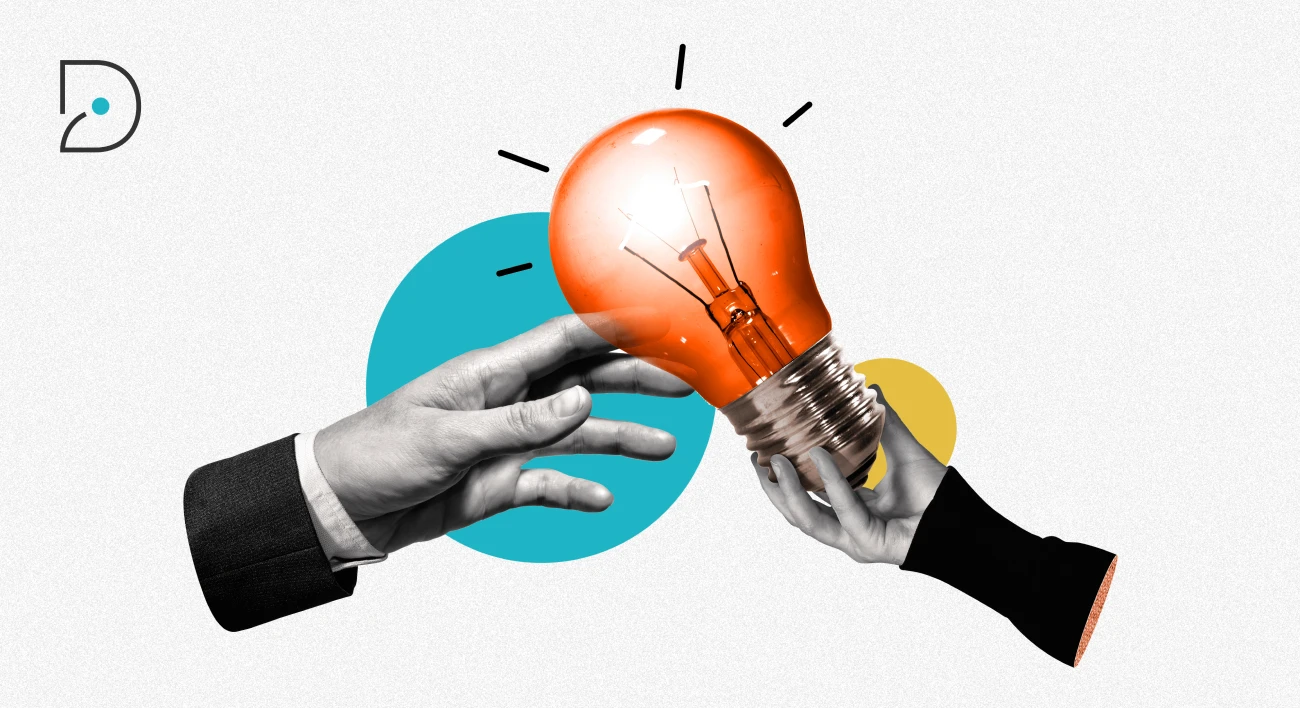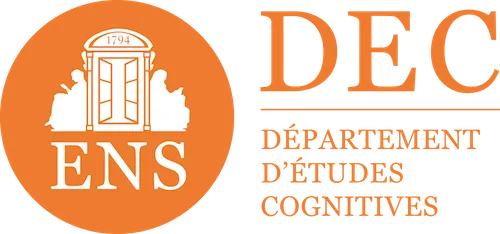

How to succeed in your onboarding and accelerate ramp-up thanks to digital learning?
36.1% of signed contracts are terminated before their first birthday. This figure of the DARES reveals a worrying reality: traditional onboarding is massively failing. In a tight market where each recruitment represents a significant investment, companies can no longer afford to lose their talents in the first few months.
Digital onboarding is emerging as the solution to transform this constraint into an opportunity. Far from replacing humans, this scientifically proven approach optimizes each integration step to drastically reduce time-to-performance and retain your new hires.
Why switch to digital learning for onboarding?
The costly limitations of traditional approaches
Imagine Sarah, your new salesperson. Three-day face-to-face training: €2,400 in direct costs, not including the immobilization of teams. Result? She has mastered the theory but panics during her first client appointment.
The traditional face-to-face environment suffers from three major pitfalls. The illusion of mastery : your employees think they understand but they collapse in the face of the field. Cognitive passivity: absorbing information is not the same as developing skills. Temporal inadequacy: group training versus individualized needs.
Shadowing, while humanly rewarding, remains pedagogically incomplete. Sarah observes but does not experiment. She discovers a method but ignores the 10 other situations she will encounter.
The strategic advantages of digital
Digital learning solves these organizational constraints. Geographically, Sarah is training from Lyon without traveling. Temporally, she progresses at her own pace between her client appointments. Pedagogically, she rehearses and trains as much as needed.
Sarah can now train on 15 different customer cases, make mistakes in a caring environment, and receive personalized feedback. She's really in control before being exposed.
How to create effective onboarding using Didask?
The objective: drastically reduce time-to-performance
Sarah should become successful in 6 weeks instead of 3 months. This spectacular acceleration requires respect for the fundamental mechanisms of human learning.
Intrinsic motivation is the fuel for engagement. Sarah understands why mastering each business technique will allow her to reach her personal goals. She concretely visualizes the impact of her progress on her future commissions and her professional recognition.
The initial positioning determines everything. Too easy? Sarah is bored and unhooked. Too difficult? She gives up, discouraged. Educational AI precisely calibrates the level of challenge to maintain the optimal state of “flow”.
The decisive lever: simulation + immediate feedback
The illusion of mastery sabotages 80% of traditional training courses. Sarah is following your masterclass on business arguments. She nods, takes notes, feels confident. First put into practice: she stutters and confuses arguments.
This cognitive illusion explains why so many onboardings fail. Understanding intellectually is radically different from mastering operationally.
The remedy: learning by systematic trial and error. Sarah discovers your customer qualification technique. Immediately afterwards, she trained on 5 different concrete cases. She makes her mistakes, receives accurate feedback, adjusts her method, starts all over again until automation.
Turning mistakes into learning accelerators
Your digital environment is becoming a “holy place” for pedagogy. Sarah can fail 15 times on the same “insufficient budget” objection with no consequences. She tests different approaches, identifies which one works, anchors it in memory.
This lack of guilt for mistakes is revolutionizing learning. No more the paralyzing fear of doing bad things. Sarah dares, experiences, progresses exponentially.
AI adapts the complexity of the proposed cases in real time. Does Sarah master classical objections? The system introduces atypical situations. Is she stumbling on a concept? He goes back to the basics with simplified examples.
Customize according to the actual level of experience
A beginner salesperson and an expert do not start from the same level. Sarah has 8 years of experience in BtoB sales but is discovering your sector of activity? The AI assesses its achievements through an initial diagnosis and automatically adjusts its course.
Does she have a perfect command of qualification and closing techniques? The system quickly goes over these fundamentals to focus on your specificities: product arguments, sectoral objections, internal processes. Conversely, a junior salesperson will benefit from reinforced support on the basis of sales.
This massive individualization was unthinkable in a traditional face-to-face setting. In digital technology, it is becoming the norm, drastically optimizing pedagogical efficiency and the time invested by each learner.
Measuring impact and adapting continuously
Track KPIs that reveal real progress
Forget the traditional completion rate, focus on performance metrics. Did Sarah really make progress on the “price too high” objection or did she simply check boxes? Your dashboard now displays qualitative indicators: evolution of the success rate by skill, time spent on blocking points, confidence perceived by the learner.
Statistics show that Sarah now succeeds 9 out of 10 simulations compared to 4 out of 10 initially. Measurable, objective, actionable. Even more, you follow its “time-to-first-sell”: 4 weeks instead of the usual 10 for your previous recruits.
Integrating managers into proactive management
Learning data becomes predictive of field difficulties. Does Sarah systematically stumble upon multi-decision prospecting cases during her simulations? The system automatically alerts her sales manager before she even takes up her operational duties.
This approach is revolutionizing management. Rather than correcting costly commercial failures after the fact, the management teams proactively support their new recruits on their identified points of vulnerability.
Managers receive individualized dashboards: “Sarah excels at qualifying but struggles with complex closing. Provide 2 hours of personalized support on this point before your first big prospect.”
Anticipate operational problems through weak signals
The major advantage of simulations: collecting predictive statistics. Do your last 10 recruited salespeople fail massively on the same “pharmaceutical sector” customer case? This recurrence probably reveals a weakness in your arguments or a general lack of understanding of the sector.
This allows you to anticipate operational difficulties before they impact your real business results. Sarah will be trained specifically in this sector before meeting her first pharmaceutical prospect.
These weak signals are transforming your Onboarding in a business observatory, revealing valuable insights about your products, markets and processes.
Optimize through continuous improvement based on data
Each cohort automatically enriches the system. Does the system detect that 70% of learners are stumbling across a specific concept? It automatically suggests a reformulation, an additional example, or a different angle of approach.
This continuous improvement loop guarantees increasing efficiency. Unlike traditional fixed training, your onboarding becomes more efficient with each use. Sarah, in the next cohort, will benefit from learning from the difficulties of her predecessors.
Granular satisfaction measures complete this system. You precisely identify the modules perceived as useful for skills development versus those considered superfluous. The mix of the two guides your adjustments to maximize the educational impact.
Concrete results: our customers testify
L'Oréal: rapid training in complex technical jobs
The challenge: Chez L'Oréal, career paths are flexible, mobility is frequent and for jobs with expertise (Compensation & Benefits, International Mobility), it is absolutely essential to be able to quickly initiate and train their community in these key but technical jobs.
Didask allowed them to achieve this thanks to a very good concept of learning by experience and error, and a very easy, short and intuitive user experience.
The results:
- The teams quickly adopted the concept and the tools.
- Very fast creation of new training content for the internal team
- Extending the scope to integrate issues related to international mobility
- Planned deployment in the various areas and divisions
“Great professionalism, great listening and the constant concern to improve the product and the user experience. Didask's solution makes a difference for any organization that wants to train in a clear, short and fun format, and on subjects that are at first glance difficult” - L'Oréal
SKILAE Group: 246 hours of training deployed in 1 year
The challenge: Harmonize teaching practices between four entities with different cultures and methods of the group SKILAE (IFI Formation, NEVEN Campus SKALE, Horizon Formation, LanguAzur).
The Didask solution: Creation of a common platform with educational AI to quickly create courses while maintaining quality.
The results measured after 1 year:
- 246 hours of training provided
- Over 800 modules completed
- 7 hours of average time per learner
- 27 certificates issued
- 4 entities out of 4 use the platform
“Didask's AI saves me precious time in creating while making my modules more accessible and engaging” - Rana, Educational Engineer at SKILAE
Digital onboarding is no longer just an advantage but a business imperative. By combining cognitive science and adapted technologies with Didask, you transform the integration of your talents into a sustainable competitive advantage.
Sarah, trained in 6 weeks instead of 12, generated her first contract in the second month. The ROI of your training investment becomes positive in less than a quarter.
Make an appointment directly with our eLearning experts for a demo or simply more information.












